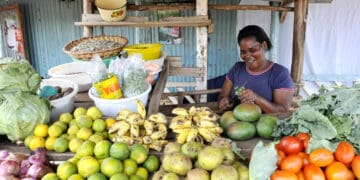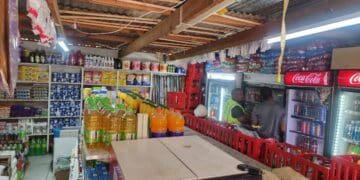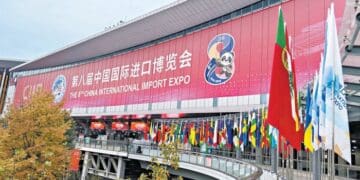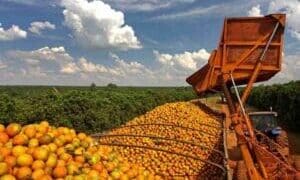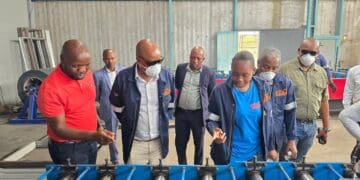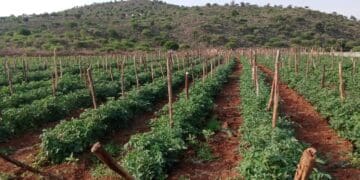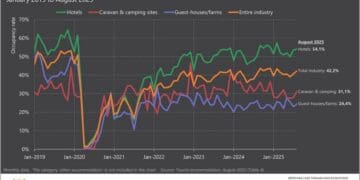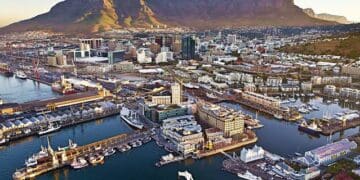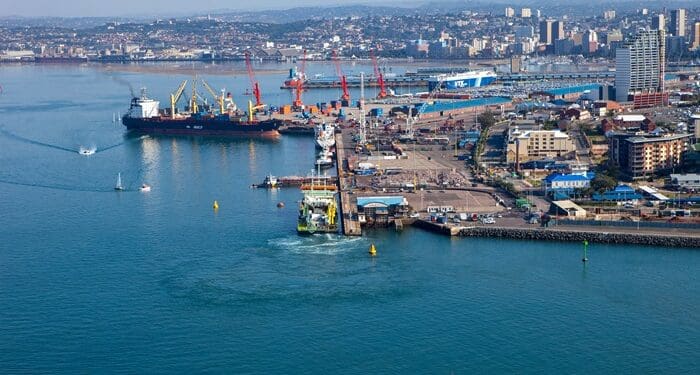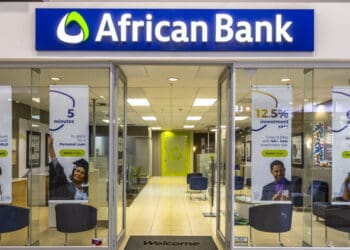Durban port delays are no longer just an inconvenience they are becoming a threat to the survival of small manufacturers and agri-businesses SMEs.
As vessels queue offshore, shipment schedules slip, orders are cancelled, and penalty fees mount. Township exporters who once saw regional markets as growth frontiers now face reputational damage and shrinking margins.
Free State entrepreneur Nomsa Khumalo, founder of Khali Agri-Exports, grows chillies and herbs destined for SADC countries. She said containers she booked in August are still waiting to be offloaded.
Building generational wealth through family businesses
Celebrating Five Years of Empowering SMMEs
An exclusive event for entrepreneurs
by Vutivi Business News
“I had a buyer in Botswana who pulled out because they couldn’t wait past their delivery date. Now, every cost is going up, freight, demurrage charges and it’s not like I can shift to another port easily,” she said.
In Durban, furniture shop Zinhle Creations, which crafts chairs and home décor items, reported similar losses. Owner Zinhle Mthembu said previously it took three weeks from dispatch to receipt by her importer in Namibia but now have to wait for six weeks.
When delays push timelines beyond what buyers accept, she often gets canceled orders or reduced rates. “My transporter says delays at Pier 1 are sometimes two weeks just waiting at parent terminals before any onboarding,” Mthembu said.
Transnet recently announced a R3.4 billion investment in improving port operations in 2025, including new cranes and equipment expected to ease congestion across Durban and Cape Town ports. On September 18, 2025, Transnet agreed to a long-term deal with German equipment maker Liebherr for four ship-to-shore cranes for Durban and 48 rubber-tyred gantry cranes for Durban and Cape Town terminals.
Deputy Minister of Transport, Mkhuleko Hlengwa, acknowledged the need to ease traffic congestion around the port, upgrade access roads such as Bayhead Road and Langerberg Road, and develop rail alternatives to evacuate containers from the port precinct via rail.
“Significant progress has been made in reducing vessel congestion at the Port of Durban,” Hlengwa said, noting that, thanks to combined efforts by Transnet, TNPA, and industry stakeholders, the number of vessels waiting at anchorage had dropped from as high as 24 in late 2023 to zero by May 2025.
Still, township exporters feel that “progress” is not matching up to their financial losses. Demurrage fees which are charges for containers held beyond the free period, continue to accumulate. Some buyers refuse goods late by even one week. Cash flow for small businesses tightens as payments get delayed. Transporters are charging more too, citing driver overtime, fuel surges, and scheduling uncertainties inside the port precinct.
Transnet’s own reporting estimates that it will take up to 15 weeks to clear vessel backlogs under current conditions. Pier 2 is particularly under pressure; equipment breakdowns and reduced throughput are cited among causative factors.




